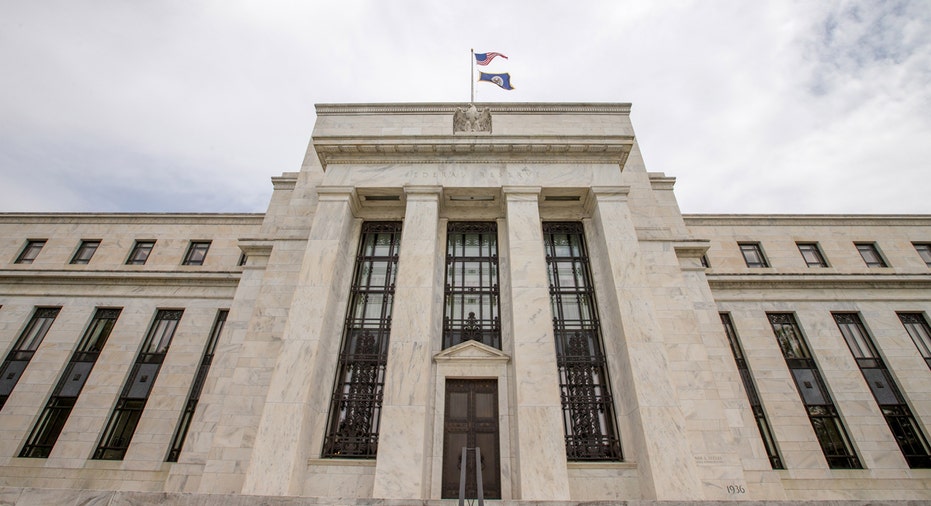What Happens If Rates Stay Too Low for Too Long?

Making the case for hiking interest rates and raising the cost of borrowing is more difficult than arguing to keep rates at their current rock-bottom levels where it’s easier for consumers to buy cars and homes and for businesses to invest and expand.
For one thing, the case supporting higher rates is more hypothetical than the argument in favor of keeping them low. The former is based on an array of bad things that might happen – runaway inflation and asset bubbles, for example -- if rates stay too low for too long, whereas the latter is based on a certainty – borrowing costs will increase after rates move higher.
And the complex hypothetical impact on global macroeconomics if the Federal Reserve waits too long to lift are far more difficult to explain than the very real fact that consumers and businesses will pay more to borrow money after a rate increase.
Nevertheless, in the wake of last week’s decision by the policy-setting Federal Open Markets Committee to delay a rate hike past September, a growing chorus of economists and analysts are raising concerns about what could happen if the Fed keeps rates too low for too long.
Here are some of the reasons cited by economists who support raising rates:
The Fed has no ammunition against another downturn. If the economy was to make a u-turn by slipping back into recession and unemployment began creeping up toward the double-digit levels last seen back in 2009 the Fed would have very few tools with which to battle the slump. If lowering interest rates is a time-honored method for spurring economic activity, where can rates be lowered if they’re already at zero?
The potential for asset bubbles. Stock prices have been rising with little correlation to the usual fundamentals that justify higher prices. Investors, especially huge pension funds and other institutional investors, are pouring money into the stock markets because keeping money in banks provides little if any return with rates so low. Consequently, stock prices have soared and some fear a bubble. Low interest rates have led to bubbles before, namely in the late 1990s in tech stocks and in the mid 2000s in housing. Neither of those bubbles ended well.
Savers have been punished for nearly a decade. Borrowers have benefited from the years of low rates, saving bundles of money on home and car loans and so forth. But savers who keep money in savings accounts and CDs have been earning almost nothing since December 2008, when rates were lowered to their current 0%-0.25% range. Retirees and others who live on fixed incomes based on their interest earnings have been hurt the most by the near-zero rates.
Dangerously large surpluses. Low rates have indirectly led to surpluses in commodities and company inventories. Cheap loans have allowed businesses to expand and increase production, which is usually a good thing. But the economic slowdowns in China and across Europe have caused commodity prices to plunge and left many companies with surplus inventories, a situation that will push prices lower and keep inflation below the Fed’s 2% target rate.
Another concern is that other central banks around the world, following the lead of the U.S. central bank, will ease monetary policies in their countries, which would significantly raise the likelihood of all the problems cited above. Other banks such as the Bank of England “may feel that they have a 'license to ease',” analysts at Bank of America Merrill Lynch Global Research wrote in a research note.
“With the Fed acknowledging increased concern about the global environment, other central banks will likely have to adjust, potentially erring on the side of caution and emphasizing the risk that the Fed waits until next year to raise rates,” the BofA analysts wrote.
A final concern is the heightened sense of uncertainty now hovering over markets in the wake of the Fed’s decision to delay. Earlier this year, a September rate hike seemed all but certain as the U.S. economy showed signs of sustained growth. But the turmoil in China that roiled U.S. markets in August threw off that liftoff timetable.
Indeed, the Fed cited that global turmoil as the primary reason for delaying. While the caution was cheered by some it left others questioning under precisely what conditions the Fed will actually move rates higher.
That uncertainty has further agitated already-skittish investors, proof of which can be seen in the market volatility since the Fed’s decision on Thursday: a big selloff on Friday, a big gain on Monday and another big selloff on Tuesday.
And now market volatility seems to have been added to the criteria of indicators used by the Fed for determining the timing of a rate hike, which raises other issues.
“The Fed claims to be ‘data dependent’ in its policy discussions, but are investor sentiment and market volatility part of the data set on which it depends? If so, that runs the risk of a vicious feedback loop in which the fear of a rate increase creates precisely the market environment that precludes the increase from taking place,” said G. Scott Clemons, chief investment strategist at Brown Brothers Harriman.



















